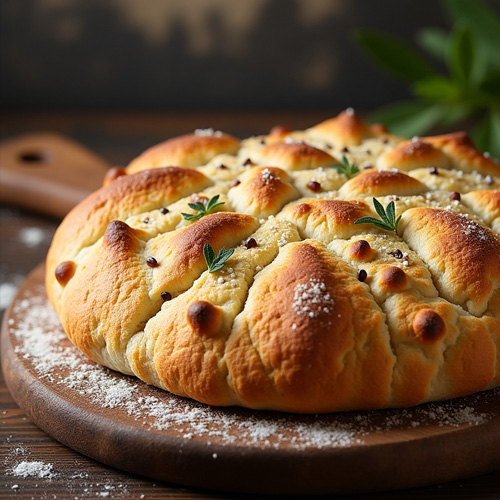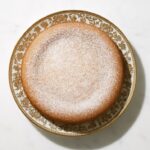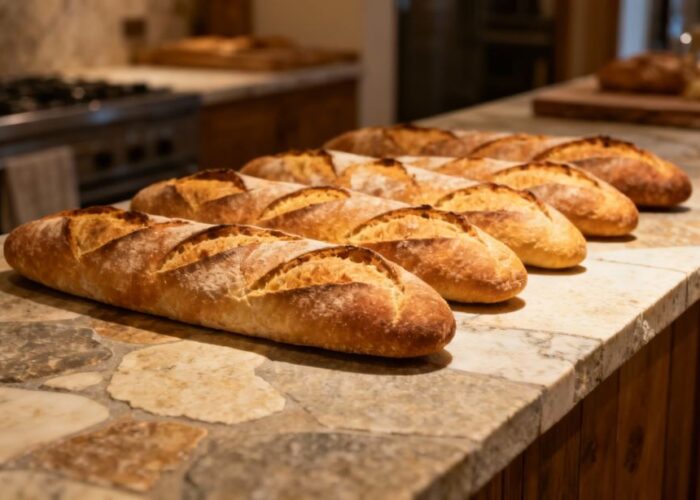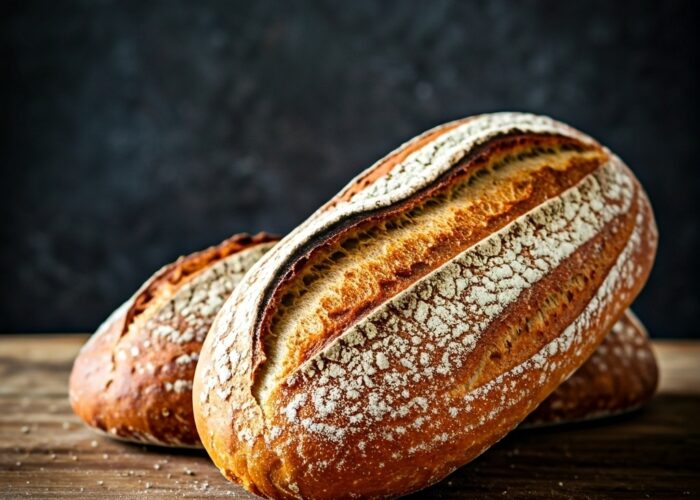Focaccia Bread: Traditional Italian Flatbread
Focaccia! That golden, fragrant bread drizzled with olive oil. Honestly, it’s one of those classic Italian delights that just warms your soul, right? But there’s a lot more to this bread than just its deliciousness. Its history goes way back, thousands of years.
The name focaccia actually comes from the Latin word “focus,” which means hearth or fireplace. Isn’t that fitting? This rustic loaf was baked in some pretty basic ways back in the day, think hot stones or even right in the ashes of Roman fires. Way before our modern ovens were a thing! Historians often credit the Etruscans or early Romans as the creative folks behind the first focaccia. It all started out pretty simply: just flour, water, and salt. They shaped the dough by hand and cooked it over open flames. And guess what? It turned out to be such a simple yet totally satisfying bread.
As time went by, focaccia evolved and took on different forms. One of the most well-known varieties, Focaccia Genovese, comes from Liguria, which is this gorgeous coastal region in northwestern Italy. This version is soft and airy, soaked with extra virgin olive oil, and topped with a sprinkle of flaky sea salt. Seriously, it’s hard to resist!
If you’re feeling inspired, I’ve got a classic rosemary focaccia bread recipe for you! It’s got clear steps, all the ingredients you need to whip it up.
Creative Toppings
Don’t overload: Focaccia is best when the toppings complement the airy, soft bread. Too much can weigh it down.
Add delicate toppings later: Fresh herbs like basil or arugula are best added after baking to avoid burning.
Pre-cook watery toppings: Vegetables like zucchini or mushrooms release moisture—sauté or roast them slightly before adding.
Focaccia Toppings
Classic & Traditional
These toppings highlight the simplicity and elegance of Italian flavors:
Fresh rosemary & sea salt (the classic!)
Olive oil & garlic slices
Red onion rings
Pitted black or green olives
Cherry tomatoes (whole or halved)
Caramelized onions
Sun-dried tomatoes
Coarse sea salt & cracked black pepper
Cheesy Focaccia Toppings
Add savory depth and golden crispness with cheese:
Shredded mozzarella or fontina
Parmesan or pecorino romano (sprinkled on top after baking for extra flavor)
Goat cheese crumbles with herbs
Blue cheese with caramelized onions and walnuts
Vegetable Toppings
Zucchini ribbons: Perfect for a hearty and colorful focaccia
Roasted bell peppers
Sliced mushrooms (lightly sautéed or raw)
Asparagus tips
Thinly sliced potatoes with rosemary (a Tuscan favorite)
Bold
For those who like more punch and contrast:
Chili flakes or sliced fresh chilies
Anchovies (very traditional in some Ligurian versions)
Capers with olives and herbs
Tapenade spread thinly before baking
Sweet Focaccia Variations
Focaccia can be dessert too! Try these lightly sweet versions:
Fresh grapes with sugar and rosemary (Focaccia dolce)
Figs & honey
Sliced apples with cinnamon sugar
Pear & gorgonzola for a sweet-savory combo
Nutella swirl (add post-bake for dessert-style focaccia)
Storage
Short-Term Storage (1–2 days)
Wrap in parchment paper or a clean kitchen towel to preserve the crust’s texture.
Place in a paper bag or loosely sealed container at room temperature.
Avoid airtight plastic containers, which can make the crust soggy.
To reheat: Warm in a preheated oven at 350°F (175°C) for 5–7 minutes to restore crispness.
Freezing (Up to 1 Month)
Slice the focaccia (if large) and wrap individual pieces tightly in plastic wrap or foil.
Place in a zip-top freezer bag and store in the freezer.
To reheat: No need to thaw! Place frozen focaccia in a 375°F (190°C) oven for 10–12 minutes, or until heated through and crisp on the edges.













